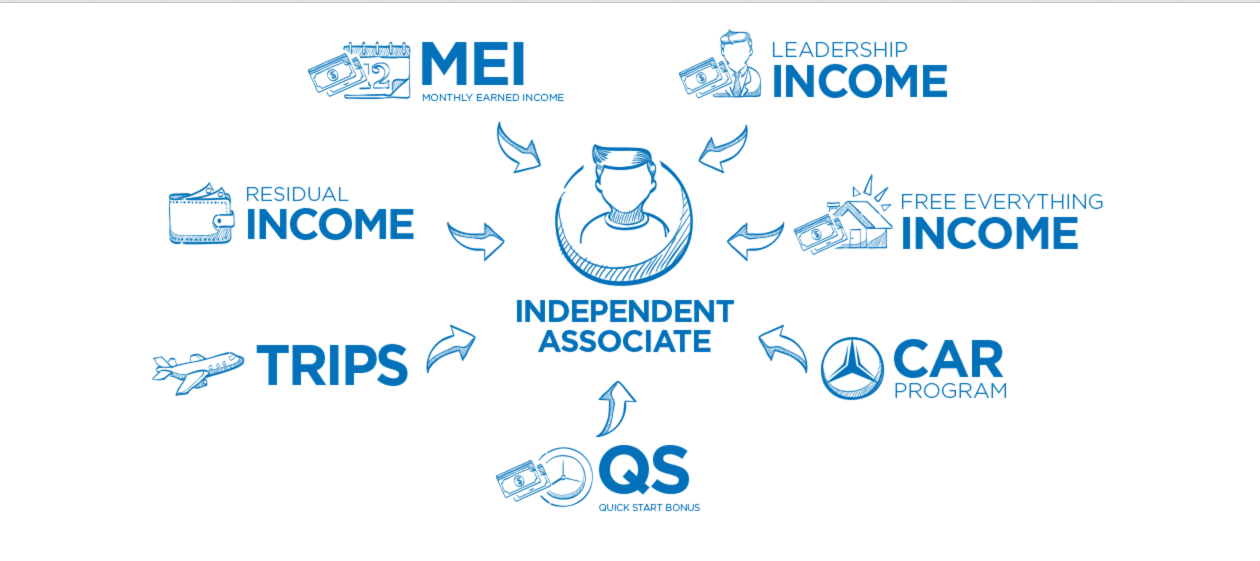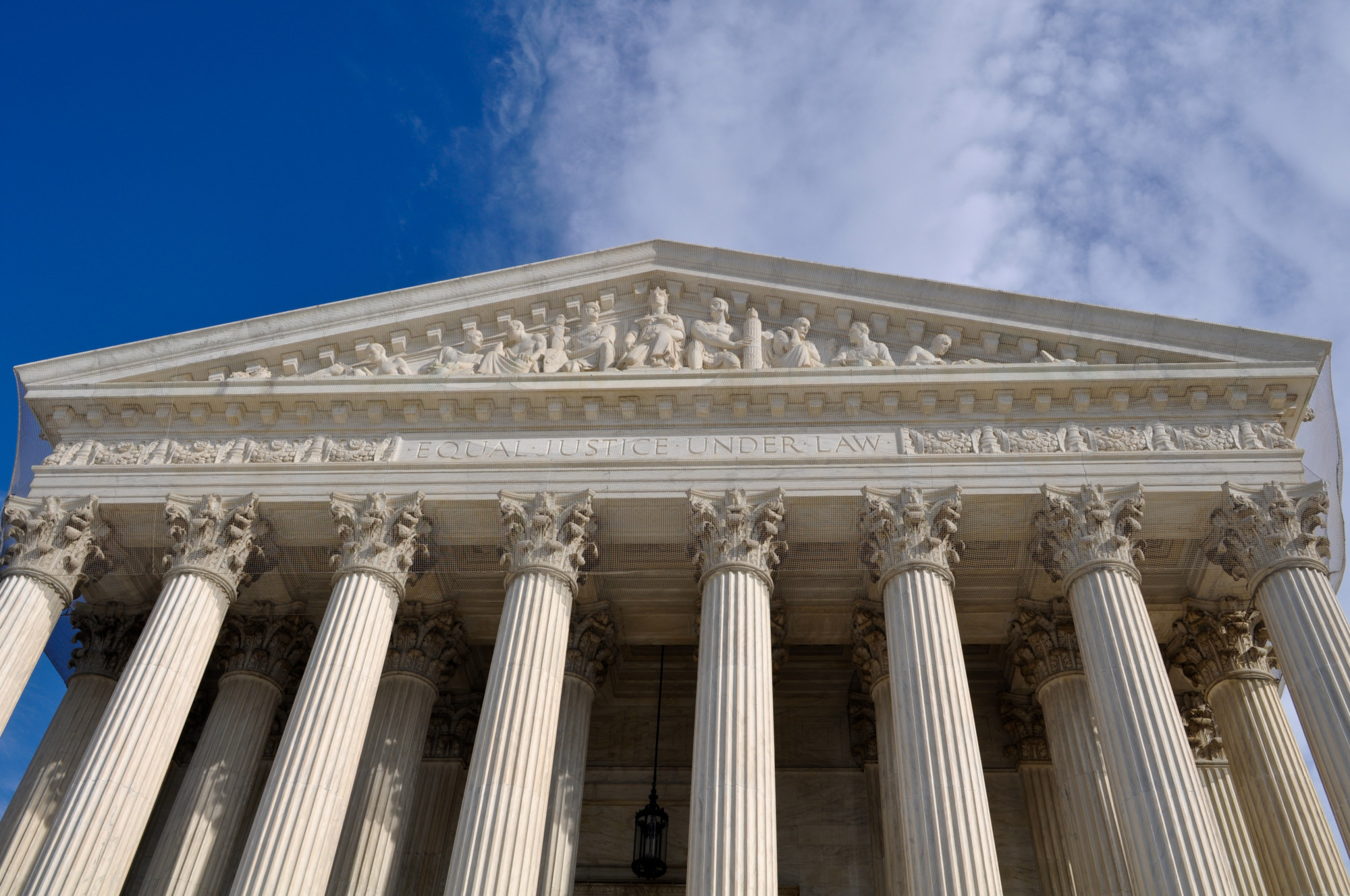
So You Say Your MLM Offers “Supplemental Income” – What Does That Mean?
Exploring the MLM industry’s latest pivot.
MLM/pyramid issues are evermore in the public eye and progressively geared toward readers who are not experts. Especially noteworthy in this regard is a current article in The Economist (Oct 24, 2015) entitled “Pharaonic creations — The growing battle over how to spot a pyramid scheme.” After reviewing a number of issues, including a reference to my work and that of Bill Keep, the article turns to the opinions expressed by the The Direct Selling Association (DSA) is the national trade association for direct selling companies.:
Joe Mariano of the DSA argues that many distributors are simply seeking discounts on products they like. “The legal analysis should be: is the product being used by real consumers?” he argues. “Whether the consumer is a distributor is immaterial,” he says.
I respectfully submit the opposite. Surely Mr. Mariano’s views cannot be right, considering just the FTC’s recent pyramid allegations against FHTM (2013) and Vemma (2015), both having substantial product sales and having experienced injunctive federal court rulings stating that, in all likelihood, the FTC will win on the merits. Through settled case law – with relevant portions reviewed below and cited in FHTM and Vemma as well– the critical legal analysis is not whether the product is being used by real consumers. And whether the “consumers” are primarily distributors who are (or may be) incentivized to purchase products to qualify for financial rewards is a highly material matter, as shown by court decisions in Koscot (1975), Omnitrition(1996), and BurnLounge (2011 and 2014) — to name just the top three cases that largely comprise the controlling case law. The list of further confirming decisions is long.
Almost every pertinent issue today in the world of multilevel marketing (“MLM”) hails back to the 1979 Amway decision. In Amway, as pointed out in a prior blog but pertinent here again, the business opportunity was two-fold: (1) purchasing product at wholesale price and selling it at a mark-up to retail customers and (2) the right to enroll new distributors and obtain override commissions on product sold by downline distributors. Retail customers were people not enrolled in the opportunity and purchased for personal use. The 10 retail sales rule required a distributor to sell product monthly to 10 or more retail customers. And Amway’s 70% rule required a distributor to resell product at wholesale (i.e., to downline distributors) or to retail customers at least 70% of the distributor’s monthly purchases. A critical feature often ignored in current parlance regarding Amway defenses is that, among other things, its 70% rule required sales to other people, whether other distributors or customers. Product consumption by distributors was not prohibited, and the FTC acknowledged this in its analysis. But no party to this suit, whether the government or any Amway official, ever proposed that the 70% rule would be satisfied by a distributor’s own personal consumption of product. Since 70% of product was to be sold to other people, personal consumption was necessarily, and without challenge, a component part within the residual 30% of distributor purchases.
After the FTC ruled that Amway 1979 was not a pyramid scheme, defendants in subsequent pyramid cases typically claimed to be just like Amway. But were they really like Amway ‘79? As one example, consider FTC v. Equinox (1999). As noted by the court regarding the preliminary injunction hearing and related opinion, Equinox’s “70% rule” only required a distributor to affirm on a monthly basis that 70% of the distributor’s purchases “were consumed or sold.” Consumed by whom? Sold to whom? This rule did not say, nor did Equinox enforce any particular meaning. In the preliminary injunction opinion regarding Equinox, the court directly noted “additionally, distributors can satisfy the 70% Rule by consuming the products themselves…”. Throughout the opinion, the court contrasts Equinox’s claimed Amway safeguards to the findings made by the FTC on the basis of which it further found Amway ’79 not a pyramid scheme. An overall conclusion of the Equinox findings was that this company’s policies and procedures, expressly including the Equinox version of a “70% rule,” were very unlike Amway ’79.
As another example, consider what the court said in Omnitrition (1996) [internal citations here omitted]:
Omnitrition argues that its formal adoption of policies similar to Amway’s was sufficient to support summary judgment. We disagree. The policies adopted by Amway were as follows: (1) participants were required to buy back from any person they recruited any saleable, unsold inventory upon the recruit’s leaving Amway, (2) every participant was required to sell at wholesale or retail at least 70% of the products bought in a given month in order to receive a bonus for that month, and (3) in order to receive a bonus in a month, each participant was required to submit proof of retail sales made to ten different consumers. The Administrative Law Judge (“ALJ”) in Amway found as a matter of fact that these policies were enforced by Amway, and, more importantly, that the rules in fact served to encourage retail sales and prevent `inventory loading’ by Amway distributors.
The court expounds at length on how Omnitrition’s ostensible “Amway rules” were unlike Amway ‘79, including this: “In addition, plaintiffs have produced evidence that the 70% rule can be satisfied by a distributor’s personal use of the products. If Koscot is to have any teeth, such a sale cannot satisfy the requirement that sales be to “ultimate users” of a product.” This finding does not contradict that certain distributor purchases may count as ultimate use (see BurnLounge addressed below). The court’s specific rebuke here is that ultimate users are not identified by the 70% rule (even if enforced as the ALJ found in Amway), as the purpose of that rule was to prevent inventory loading (i.e., distributor purchases to meet volume targets for monetary rewards and not resold; see findings) and to help engender retail sales. The court’s focus on the primacy of retail sales is clearly voiced: “The key to any anti-pyramiding rule in a program like Omnitrition’s, where the basic structure serves to reward recruitment more than retailing, is that the rule must serve to tie recruitment bonuses to actual retail sales in some way [emphasis added]. Only in this way can the second Koscot factor be defeated.” Upon highlighting the defects of Omnitrition company rules as not engendering sufficient retail sales (expressed throughout the opinion), the court directly includes its (above-quoted) rejection of that company’s “70% rule.”
In the BurnLounge decision by the Ninth Circuit (2014), the court indicates that certain distributor purchases can constitute ultimate use, namely those distributor purchases for personal use and not incentivized by the opportunity. Throughout the analysis, the court never removes the distinction between distributor purchases for personal use and distributor purchases for the sake of the proposed business/income opportunity – and especially so in “The meaning of `ultimate users’.” The court states:
BurnLounge is correct that when participants bought packages in part for internal consumption … the participants were the “ultimate users” of the merchandise and that this internal sale alone does not make BurnLounge a pyramid scheme. But it is incorrect to conclude that all rewards paid on these sales were related to the sale of products to ultimate users. Whether the rewards are related to the sale of products depends on how BurnLounge’s bonus structure operated in practice. See Omnitrition, 79 F.3d at 781. In practice, the rewards BurnLounge paid for package sales were not tied to the consumer demand for the merchandise in the packages; they were paid to Moguls for recruiting new participants.”
The court further expounds: “The fact that the rewards were paid for recruiting is shown by the necessity of recruiting to earn cash rewards and the evidence that the scheme was set up to motivate Moguls through the opportunity to earn cash. Rewards for recruiting were “unrelated” to sales to ultimate users because BurnLounge incentivized recruiting participants, not product sales. The FTC and other courts have consistently applied the Omnitrition test in this way.”
It is equally important that earlier in the same decision, the court noted:
BurnLounge participants joined the scheme by buying packages, which included a BurnPage and merchandise. Participants earned rewards by recruiting others to join the scheme, i.e., by recruiting new participants to buy packages” [emphasis added].
And the BurnLounge appellate court further elaborates:
Courts applying the Koscot/Omnitrition test have consistently found MLM businesses to be illegal pyramids where their focus was on recruitment and where rewards were paid in exchange for recruiting others, rather than simply selling products. See Gold Unlimited (affirming conviction based on finding that participants bought gold and received cash payments for recruiting others to both buy gold and recruit others to do so [emphasis added] because rewards were paid for recruitment rather than product sales); … FTC v. Equinox Int’l Corp., (ordering preliminary injunction after finding Equinox was likely a pyramid because [emphasis added] `rewards are received by purchasing product and recruiting others to do the same’).
These passages clearly show a distinction between distributor purchases made for income opportunity versus purchases for personal use. It is also seen from these passages, and again equally throughout the decision, that the BurnLounge appellate court fully embraced the analysis of the Omnitrition court (1996) and specifically that earlier court’s emphasis on retail sales. The embrace is, in part, already evidenced by the marriage performed by the BurnLounge court of Koscot’s analysis with Omnitrition’s. BurnLounge (2014) references, and very favorable so, the “Koscot/Omnitrition test” and at other places just calls it the “Omnitrition test.” For readers not familiar with Koscot beyond two prongs frequently cited in pyramid determination (i.e., payment for the right to sell the MLM’s product and the receipt of recruitment rewards unrelated to the sale of product to ultimate users), it would be highly beneficial to read the FTC’s full opinion, written by former Commissioner Paul Rand Dixon. The opinion is replete with emphasis on the proper goal of an MLM distribution channel: retail sales. I believe, and the Burnlounge court affirms, that it would be a great mistake to think that Omnitrition expresses a different opinion. Many further quotes could be given, and I offer just one more from the BurnLounge appellate court (2014):
[The evidence] supports the district court’s findings that Moguls had strong incentive to recruit new participants. This incentive was the danger that our court warned of in Omnitrition, where we stated, “The promise of lucrative rewards for recruiting others tends to induce participants to focus on the recruitment side of the business at the expense of their retail marketing efforts making it unlikely that meaningful opportunities for retail sales will occur.”
The embedded portion of the further quote is from Omnitrition (1996), which, in turn, repeats a direct quote from Koscot (1975). The BurnLounge court marries together three partners: Koscot, Omnitrition, and its own appellate decision.
I add on a personal note that my expert work has not infrequently been characterized by defendants, and some MLM industry analysts as well, as being biased against the industry (alleging “he never met an MLM that he liked”) in my continual focus on retail sales — an allegation that has just recently been repeated in a DSA commissioned report regarding my work and that of Bill Keep. Very pointedly, the essence of this type of allegation was also presented to the court in BurnLounge, where the defendant’s asked, indeed formally moved, that the 9th circuit court rule on the admissibility of the pyramid analysis that I present, and expressly so in BurnLounge (2011). In that matter I entered a detailed fact-specific analysis of the company, including a general and non-technical characterization of a pyramid scheme that focused on sales to the general public (see just below). The court responded:
BurnLounge and Arnold also argue that Vander Nat did not base his analysis on the definition of “pyramid” accepted by this court in Omnitrition, and that he used his own four-pronged test. This argument fails because Vander Nat testified about pyramids in terms that do not materially differ from those used by this court in Omnitrition: he explained that a “pyramid scheme is an organization in which the participants obtain their monetary rewards primarily through enrolling new people into the program rather than selling goods and services to the public.” The “four-prong test” referred to by Appellants included Vander Nat’s consideration of BurnLounge’s terms and conditions, marketing materials, an optimal scenario for the BurnLounge model (illustrating the results if all participants performed at their best), and BurnLounge’s sales data. This was not a new four-prong test, and Vander Nat’s consideration of these characteristics of the business was permissible.
The court further stated that my testimony was relevant, reliable, and helpful to the trier of fact; i.e., the BurnLounge court (2011, 2014). In my opinion, the nay-sayers are simply out of sync with full determinations made by multiple court decisions, which after all are the only decisions that really count.
The views, opinions, and positions expressed in this blog post do not necessarily reflect the views, opinions, and positions of TINA.org.
Exploring the MLM industry’s latest pivot.
The court left little doubt about this company’s business operations.
Guest blog by Peter Vander Nat and William Keep.

